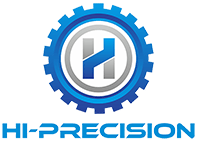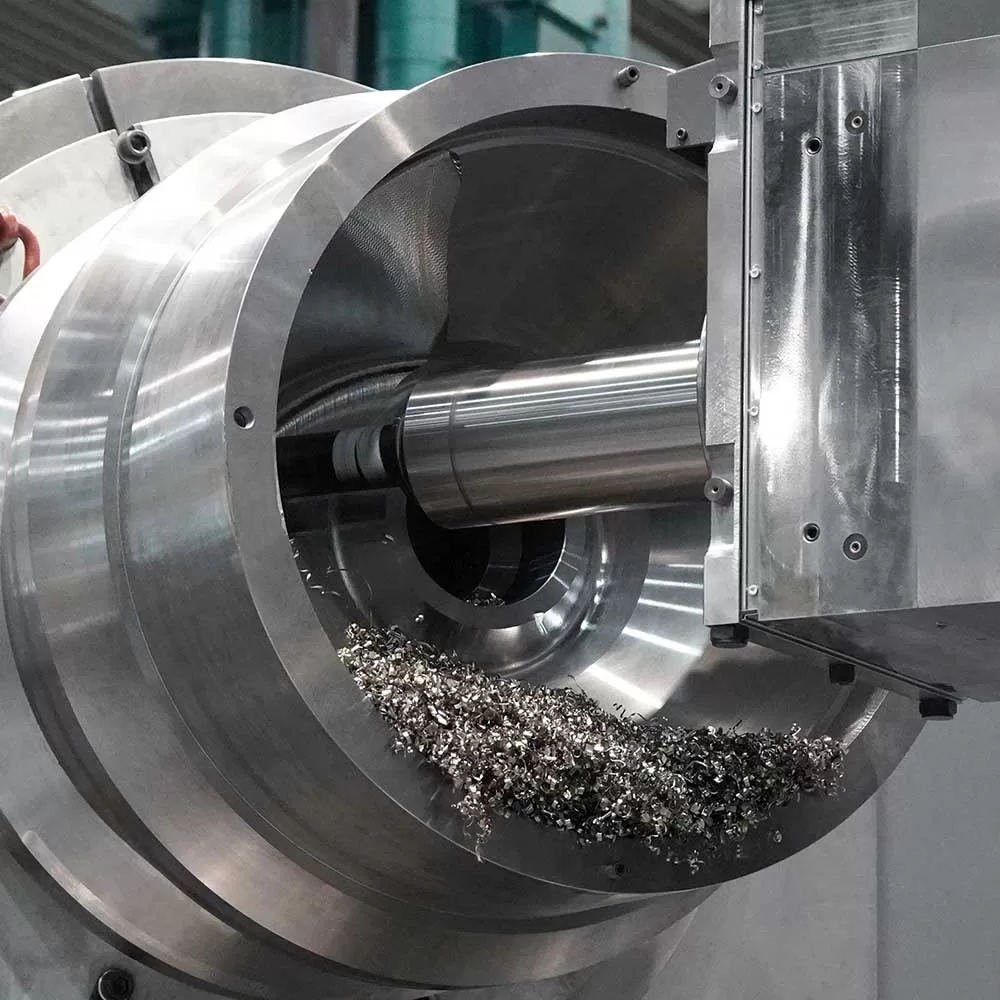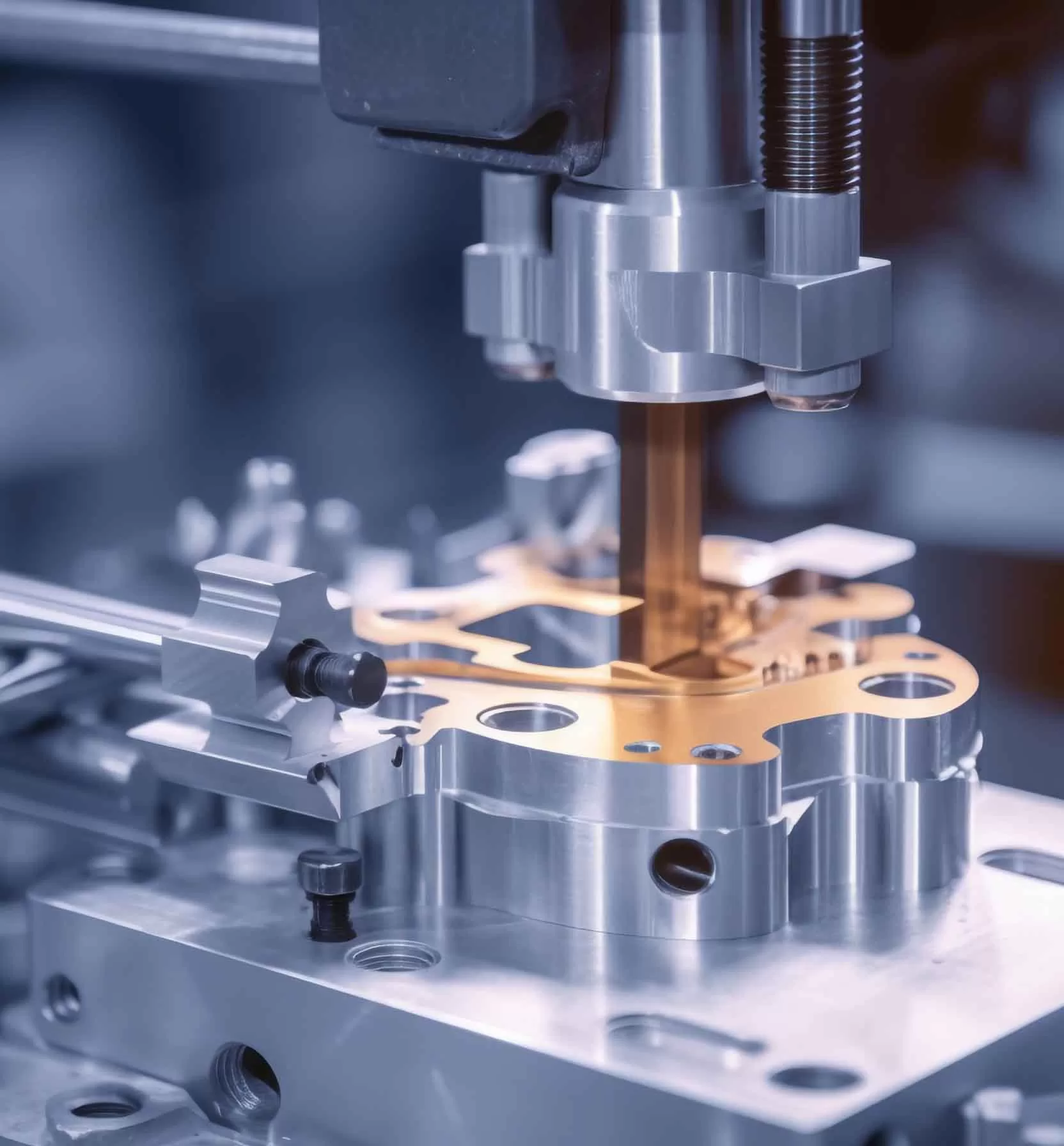Since the development of the machining industry, CNC machining is a good processing method, but the price of CNC machining service is also one of the important factors to be considered. Factors such as material, design, finish, quantity, and turnaround time will all affect the price of a CNC machined part. So today I will share with you 12 tips to reduce the cost of CNC machining.
- Processing time. The longer a part takes to process, the more expensive it will be. Processing time is usually the main influencing factor for cnc machined parts.
- Material. The prices of different raw materials are often different. Even materials with similar performance can vary widely in price.
- Tolerance: Strict tolerance requirements may lead to increased processing difficulty and increased scrap rate, which will lead to higher cnc processing costs.
- Quantity: The programming time required to produce 1 piece is the same as to produce 1000 pieces, so if there are more quantities in the same batch, then the total cost will be spread, reducing the cost of a single product.
- Surface treatment: If surface treatment such as layering, smoothing, anodizing, and black oxidation are required, even some workpieces require partial electroplating, partial anodizing, two-color prototype oxidation, or oxidation in one area and electroplating in another area, which will increase CNC machining cost.
- Lead time: Short lead times mean that suppliers need to coordinate more workers to arrange this batch of orders first, and have to delay processing other orders. This is also a small factor affecting the cost of CNC machining, referred to as “urgent processing fee”.
- Try not to use 90° internal angles. Sharp or 90° internal corners will take more machining operations and time, and will add additional costs. However, most of the inner corners do not need 90-degree right angles, and the rounded corners do not affect the use of functions. If your design includes rounded corners, the machine can run continuously to create your part. CNC machining tools such as milling cutters and end mills automatically leave rounded interior corners. Small or narrow fillet radii require more passes and special small tools, which will increase machining time and require tool changes at any time. In contrast, larger radii at corners mean larger tools can effectively cut the part. For the best design, make sure the L (length to diameter) of the inside corner radius is 3:1 or less. Also, keeping all interior corners the same radius can reduce machining time.
- Minimize internal cavities. Metal or plastic parts with deep cavity designs are often time-consuming and difficult to machine. Creating the cavity requires removal of a large amount of material, which will result in wasted material and difficult removal of cuts, or may require special processes (wire EDM or sink EDM) to achieve depth. This will add to your CNC machining costs.
- Avoid thin-walled designs. Machined parts with too thin walls will take more time to machine because they will be very fragile. And since they often vibrate or deform, it can be difficult to maintain target accuracy. Slow processing and special processing techniques, high scrap rates make these thin-walled parts more expensive. The processing of thick-walled parts is more stable and the processing cost is lower. In order to keep the processing price low, please avoid thin-walled design, and the wall thickness of metal parts should be at least greater than 0.8mm. The wall thickness of plastic parts should be greater than 1.5mm.
- Avoid designing complex parts. Machining oversized, non-dimensional or complex designed parts requires special tooling, multi-axis CNC machines or some custom fixtures, all of which will add to the overall cost. In some cases, if you need complex parts that operate on multiple faces, you can try to split the part into 2 or more separate parts, and then machine the shaft welded or bolted together, at this time the cost will decrease.
- Avoid surface finishing, such as Tin coating, Dlc coating. Surface finishing of CNC machined parts is the addition of machining to achieve desired surface characteristics or properties for aesthetics, corrosion resistance, wear resistance, or other purposes. But these surface treatments such as heat treatment, sandblasting, special coating, anodizing and so on will add to the total cost.
- Advance work and prepare production schedules in advance. Develop product blueprints, advance design work, and finalize product designs before commencing production. This will allow CNC machining suppliers sufficient time to source raw materials, specify production schedules and deliver products within the agreed time.
The cost of CNC machining is actually the quotation given to you by the CNC machining manufacturer. Therefore, if you want cheap CNC prices, most factors depend on your needs. When your needs are complicated, the cost of CNC machining will also increase. I hope the above 12 tips can help you effectively reduce the cost of CNC machining.


